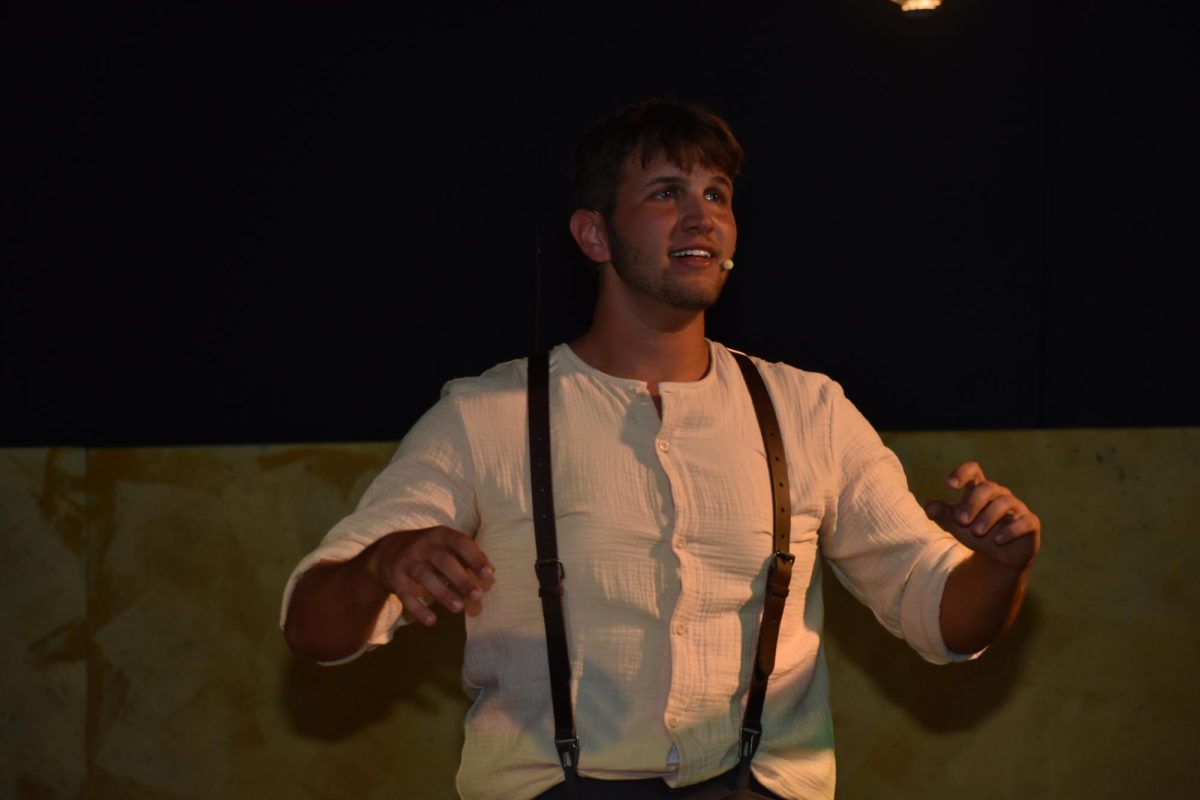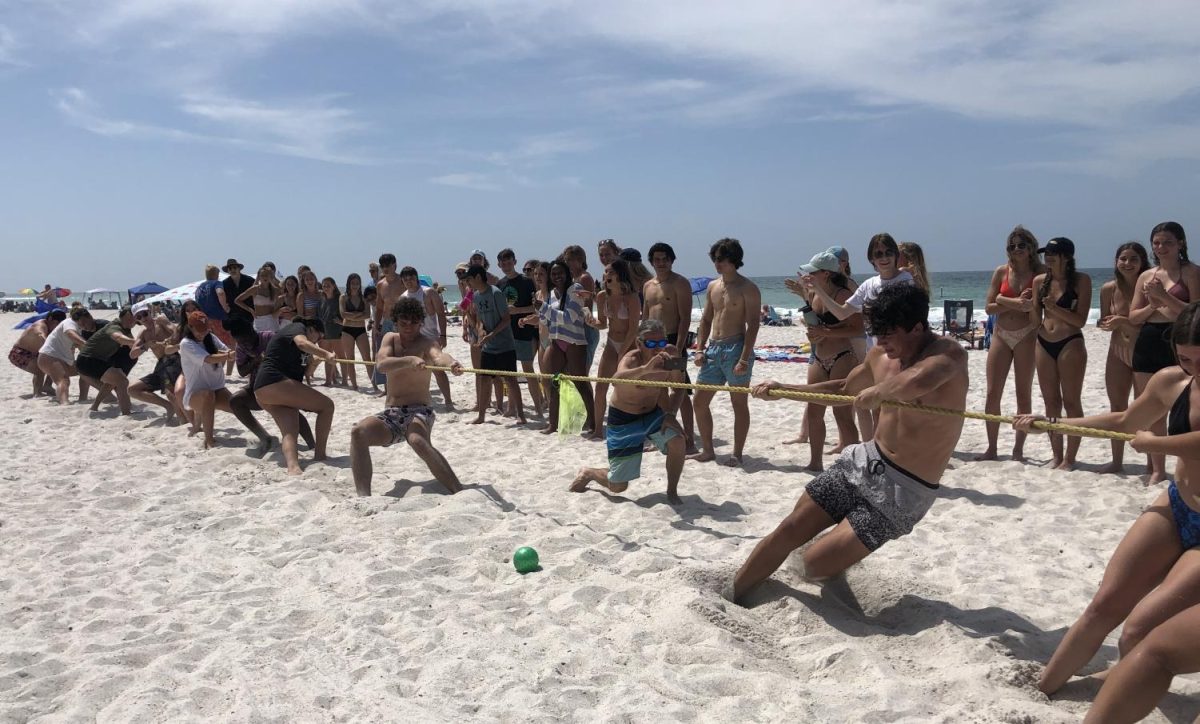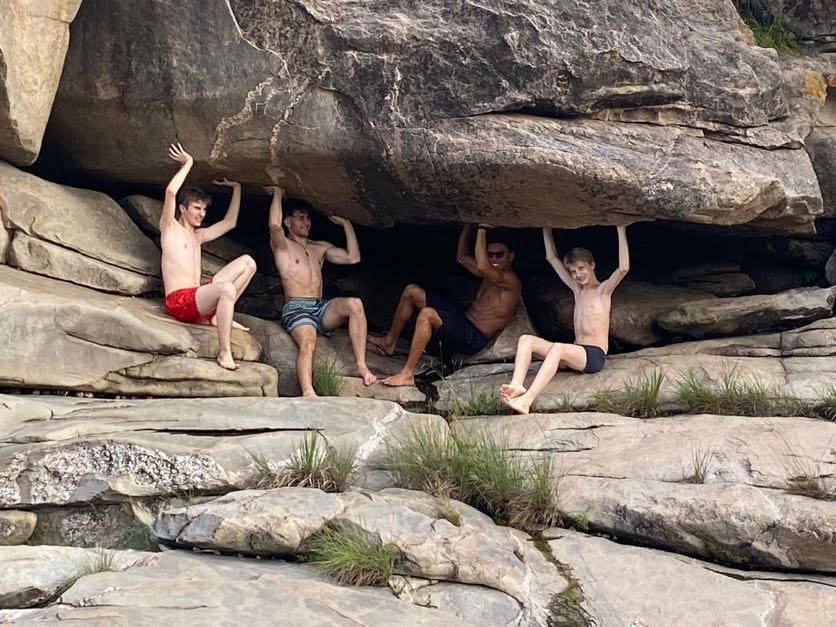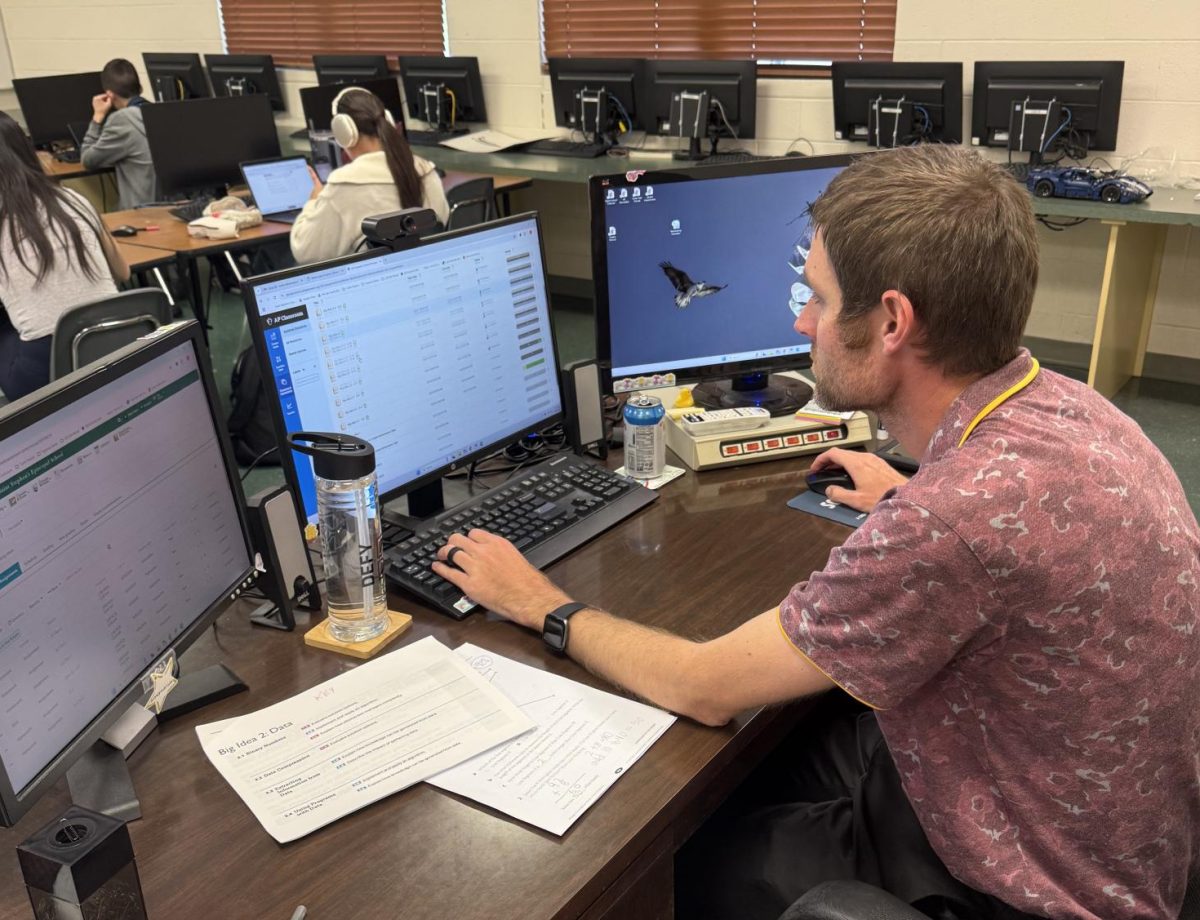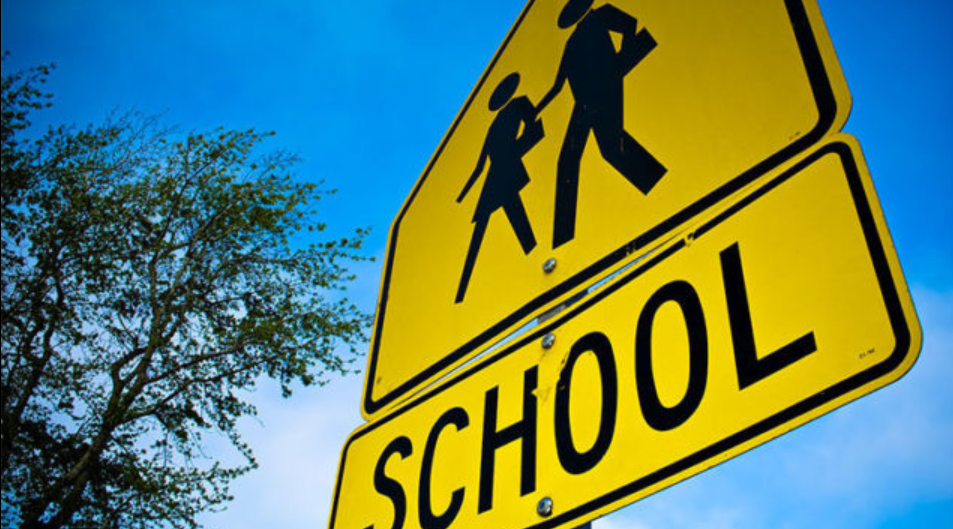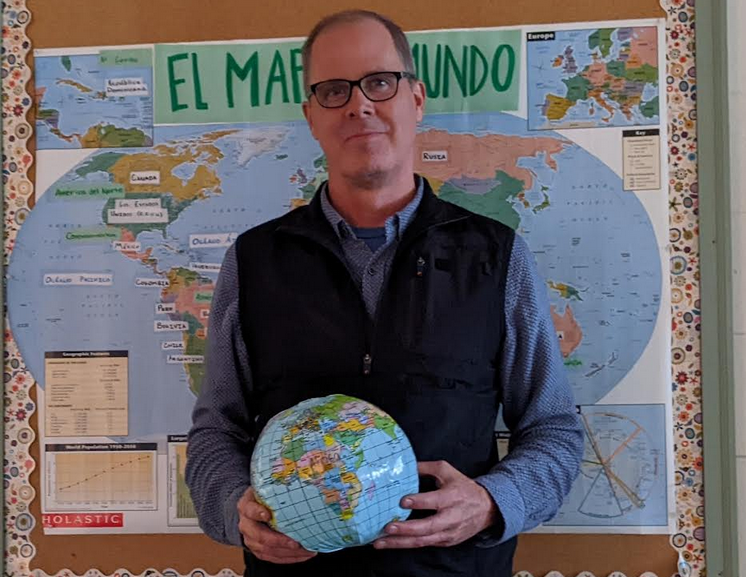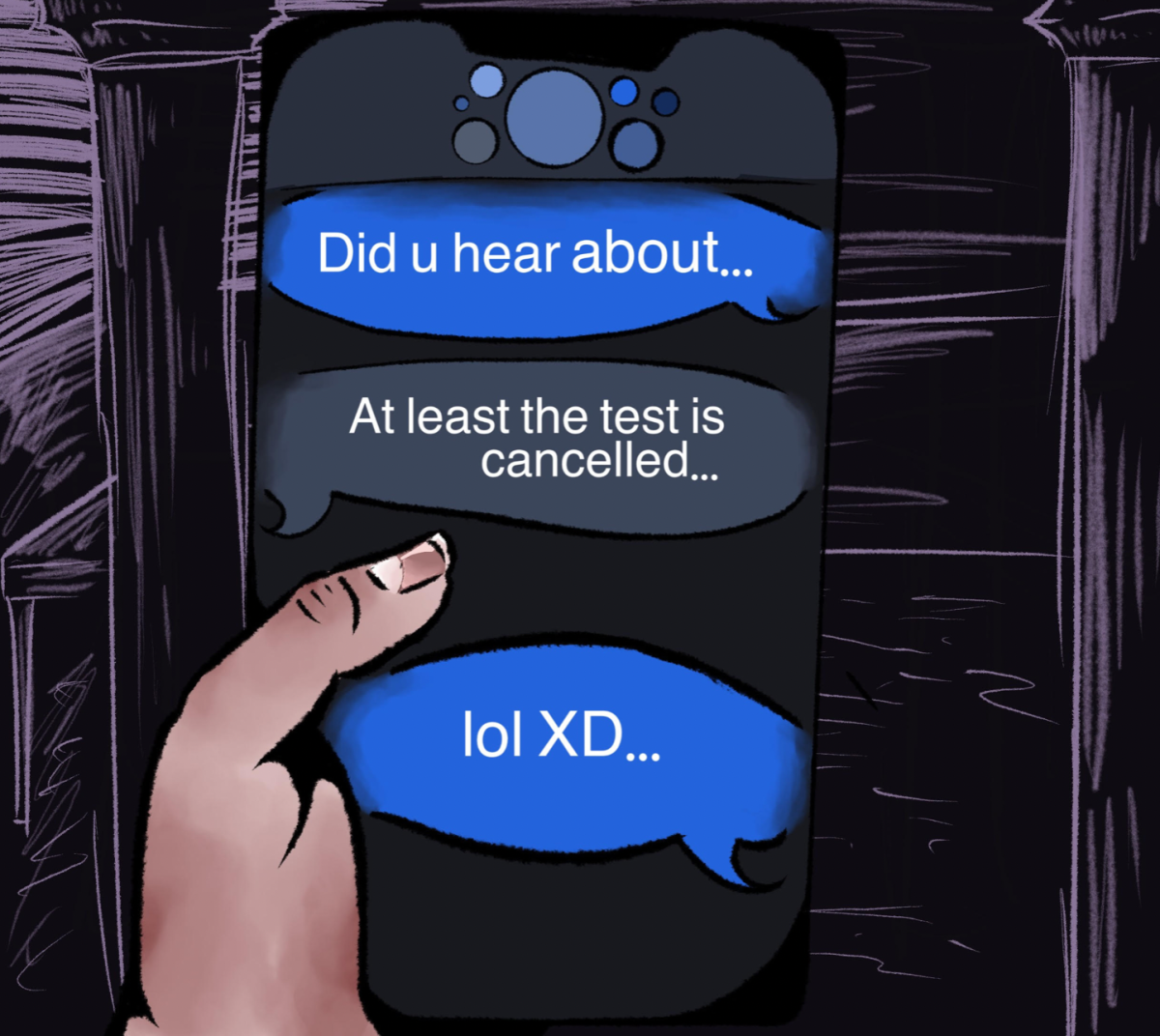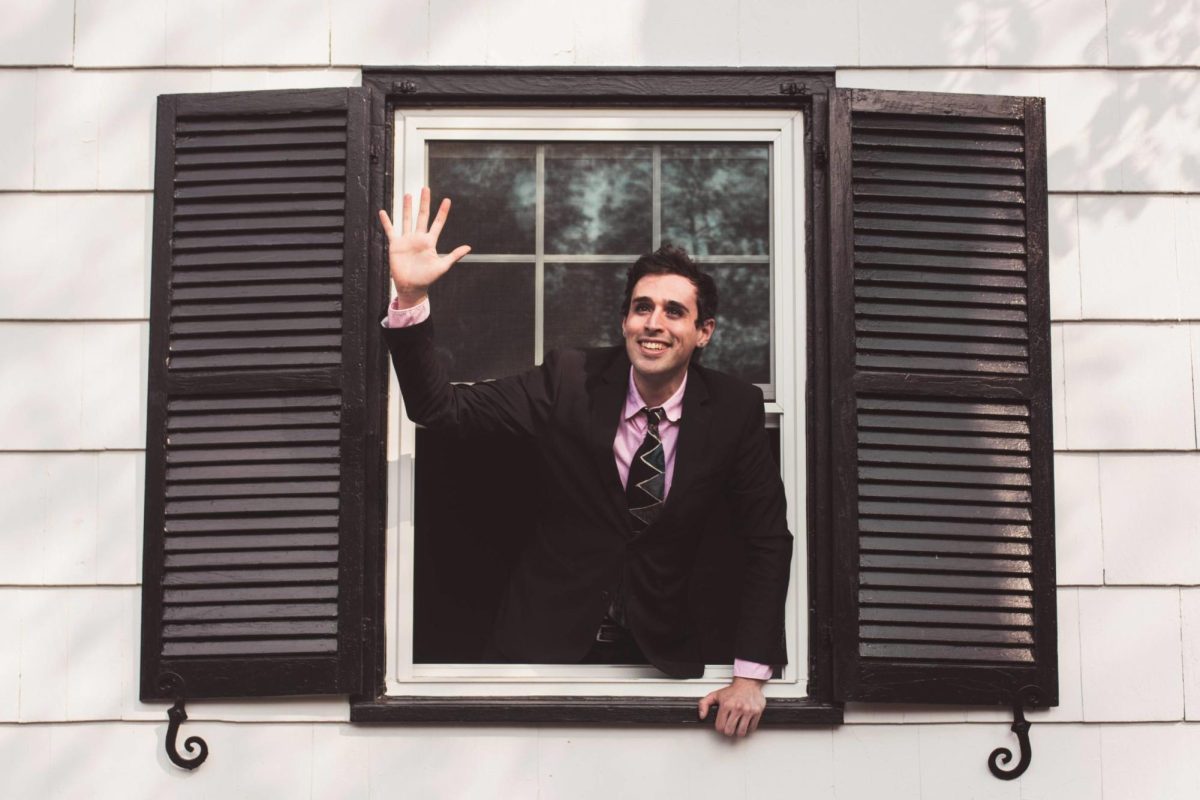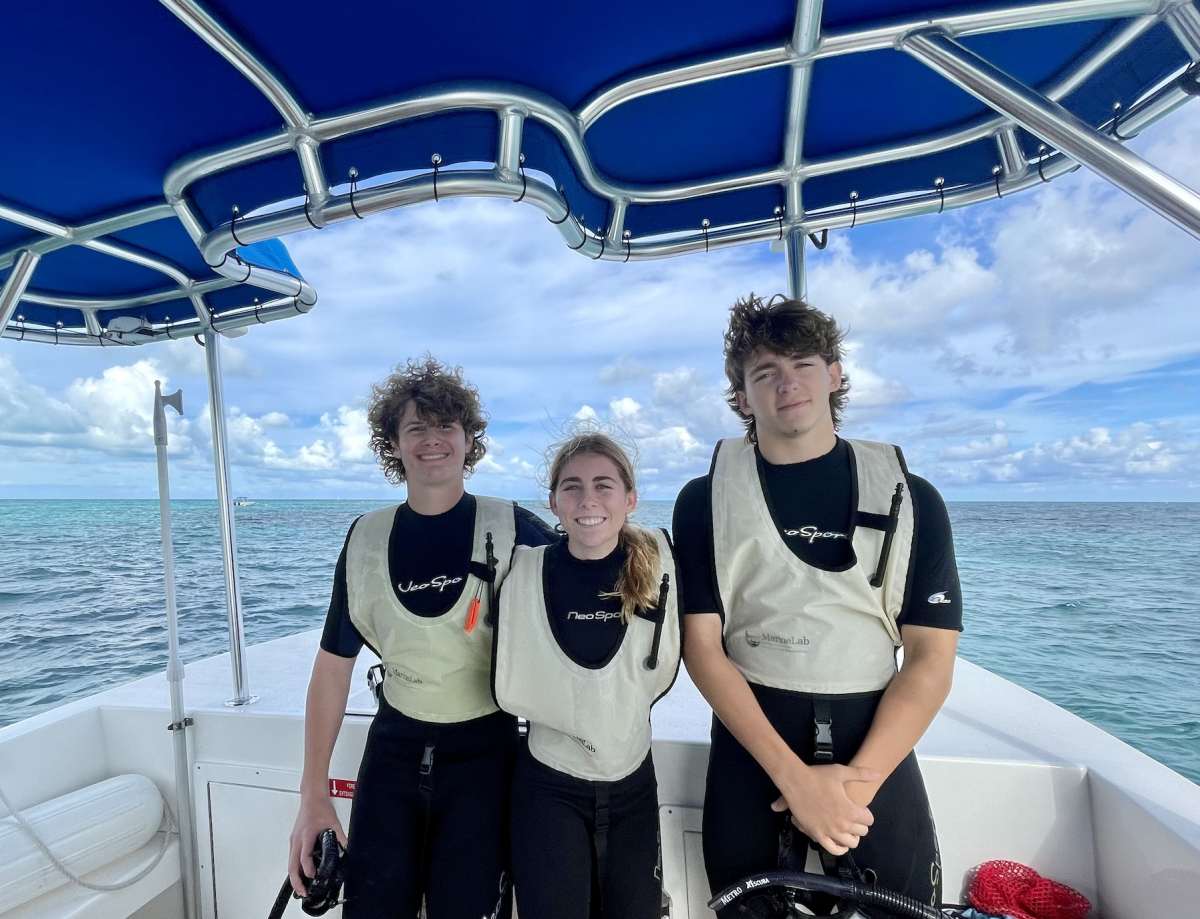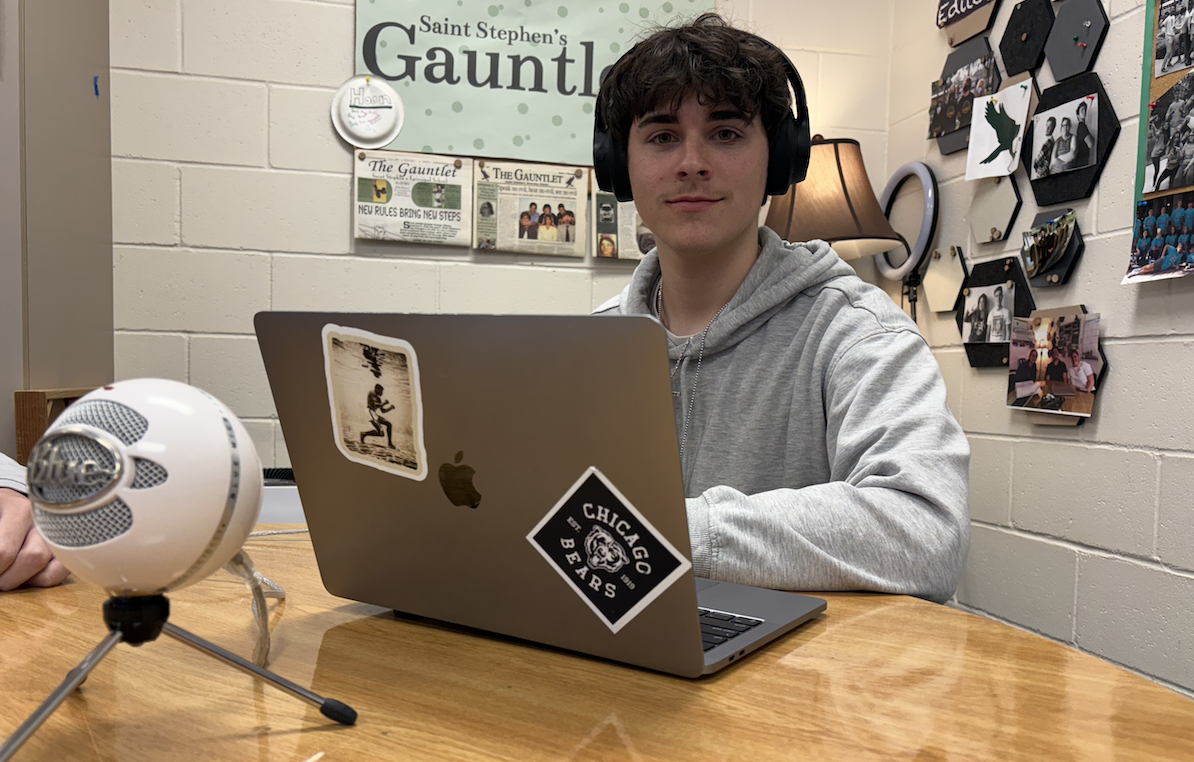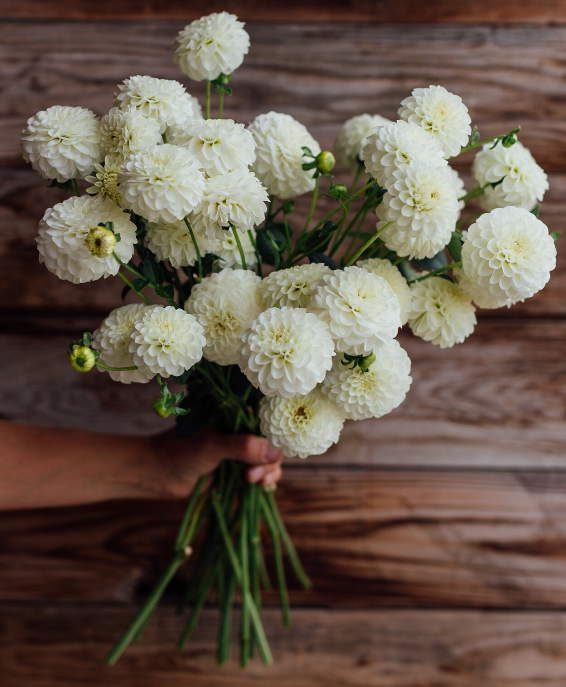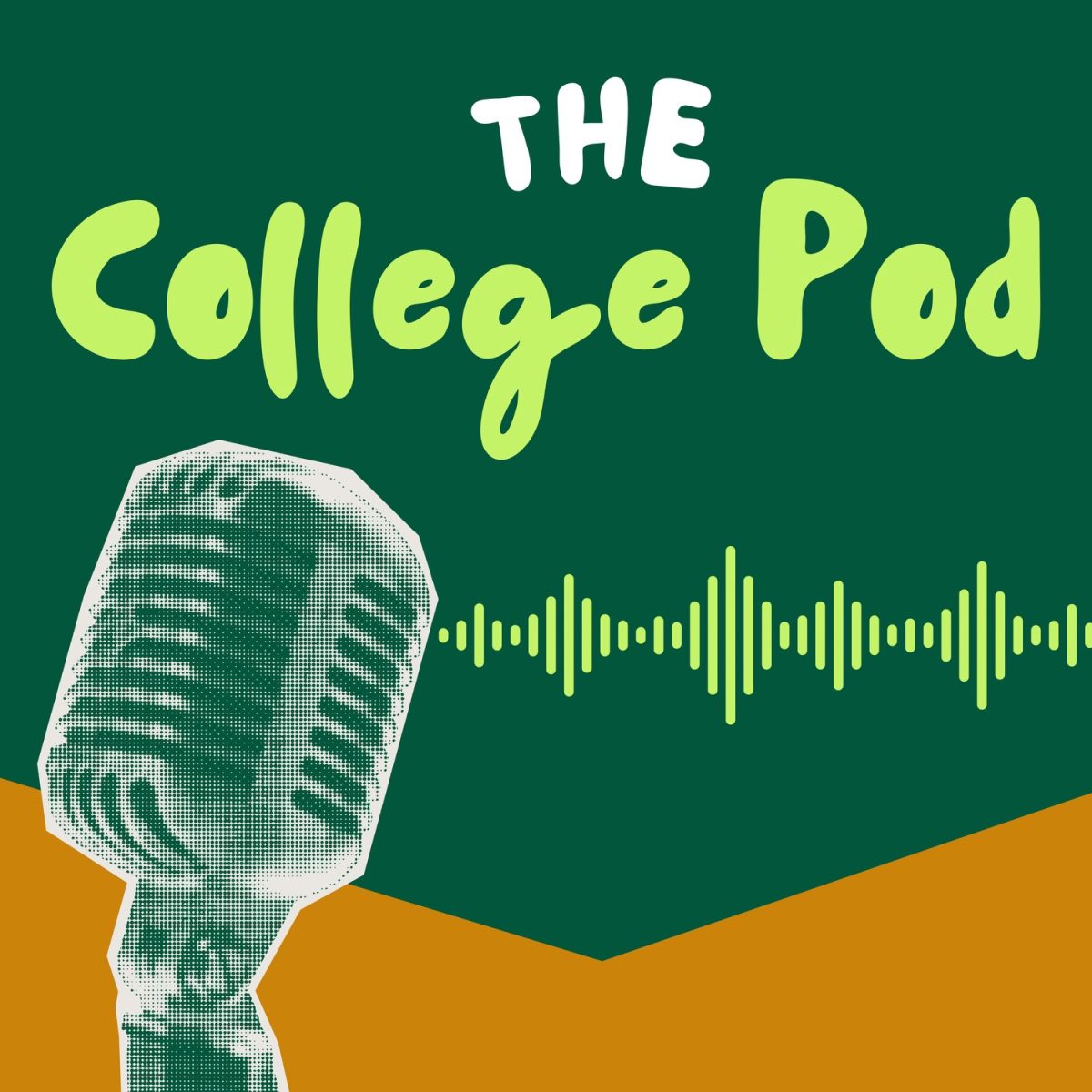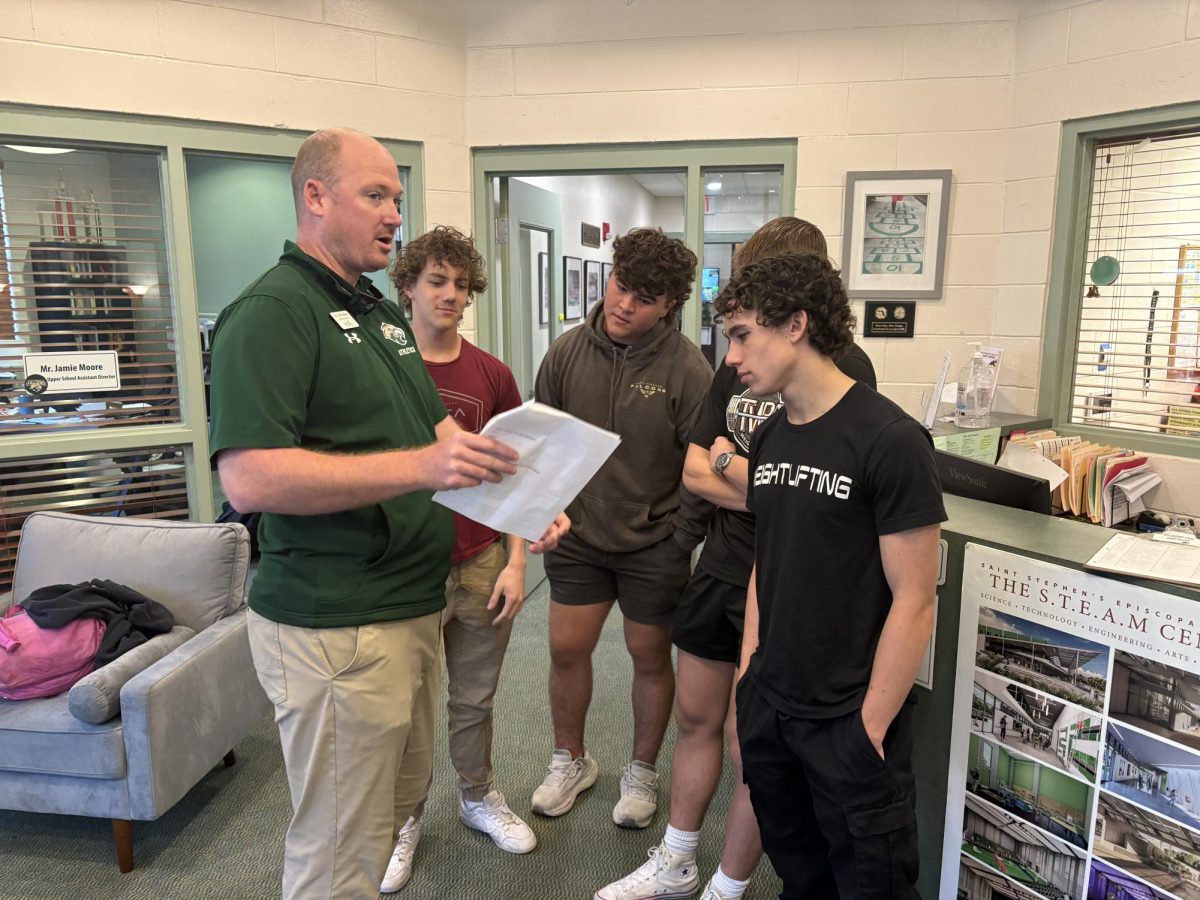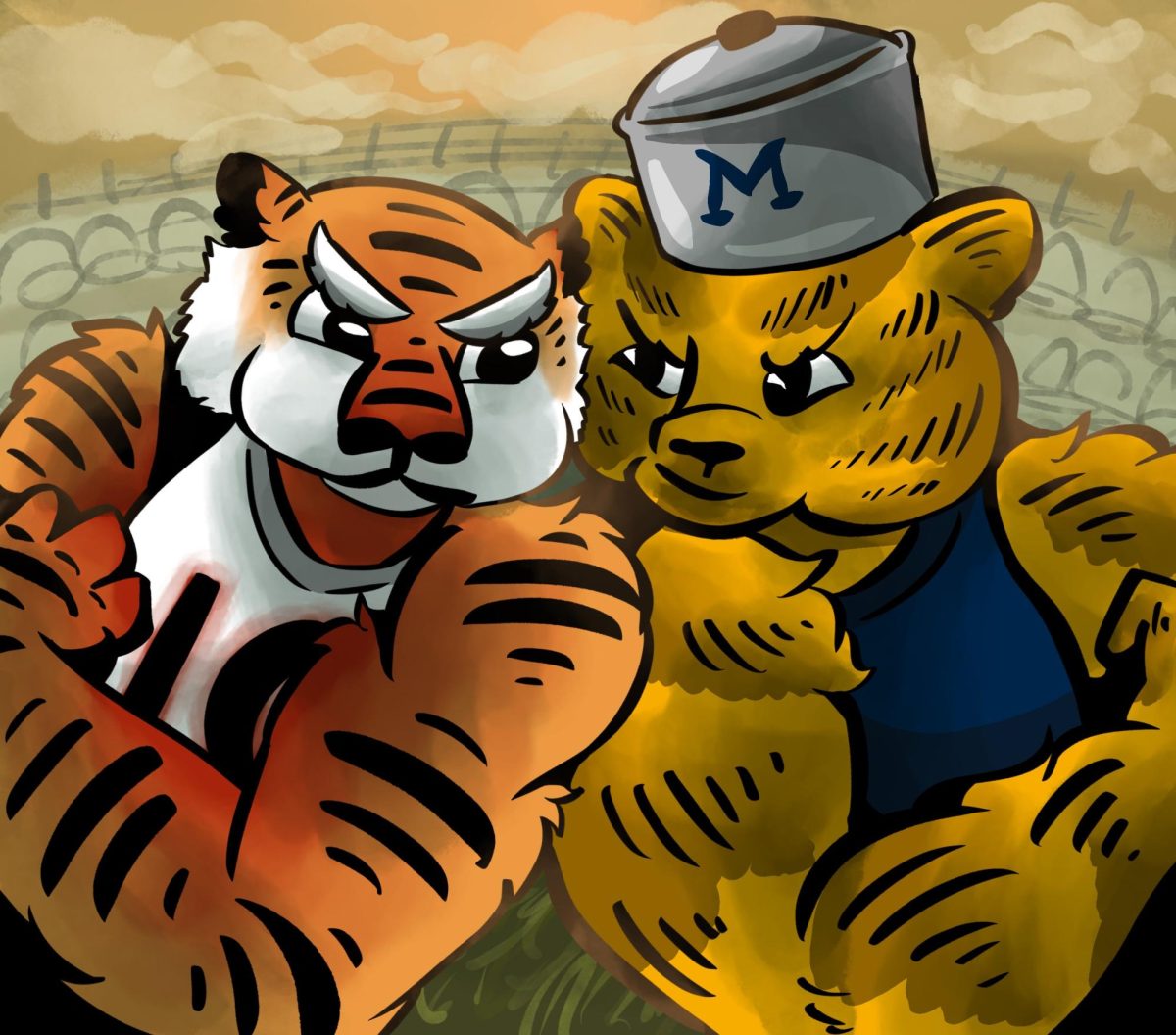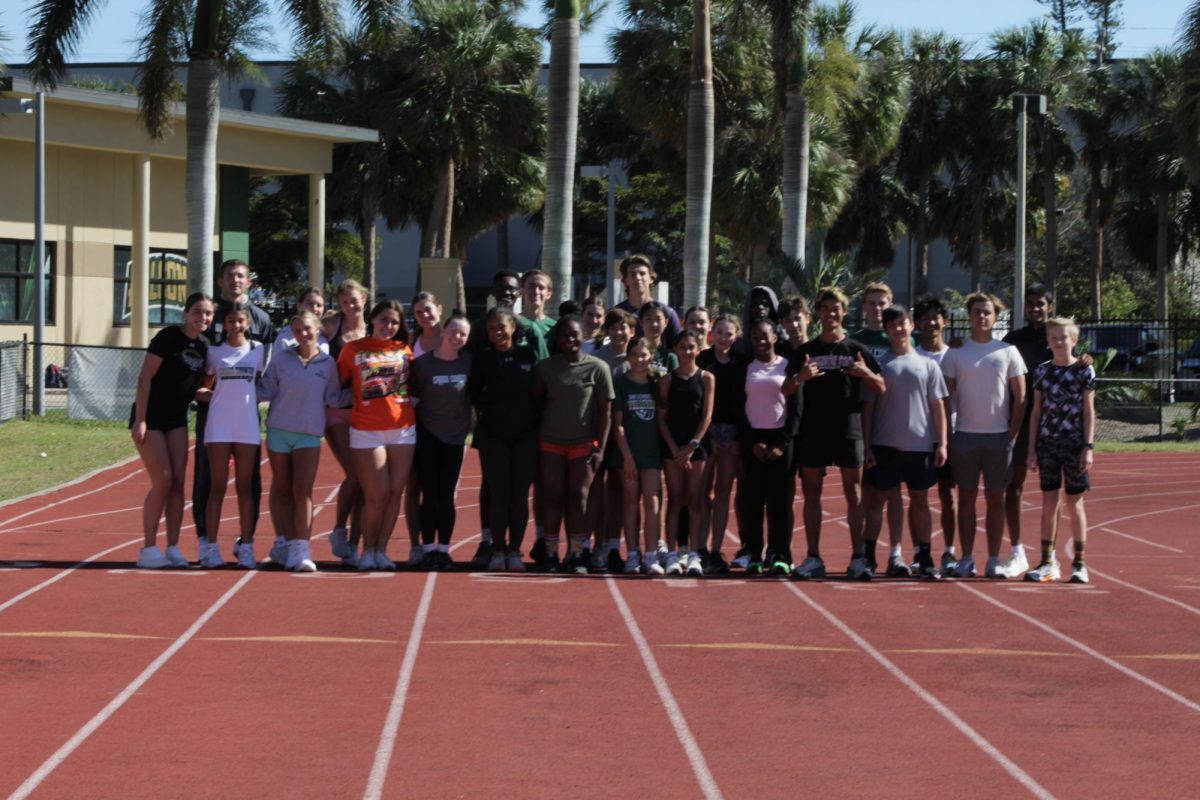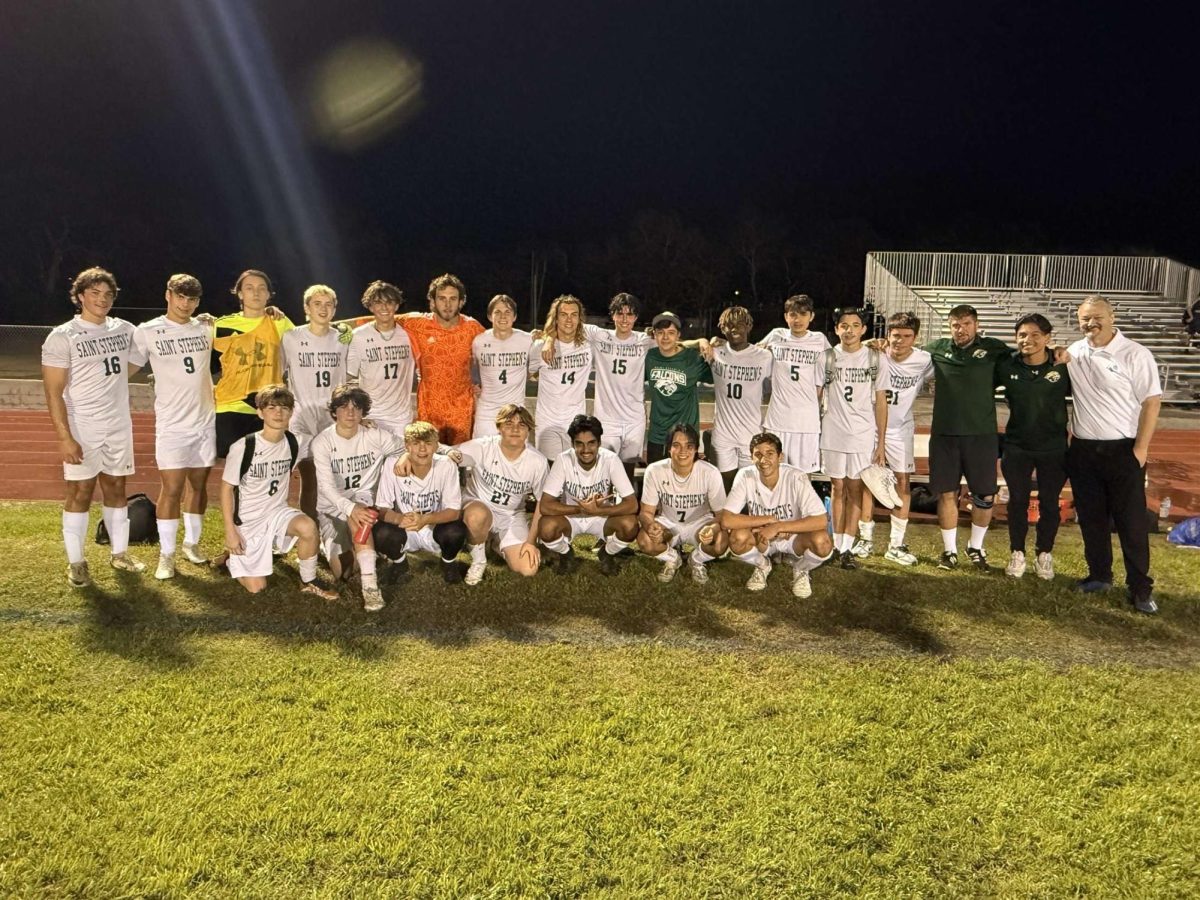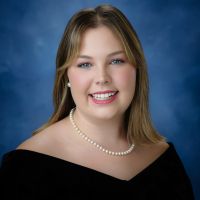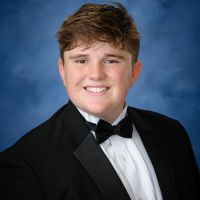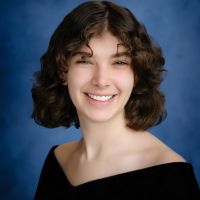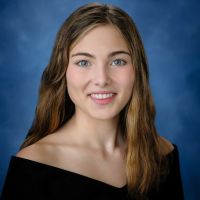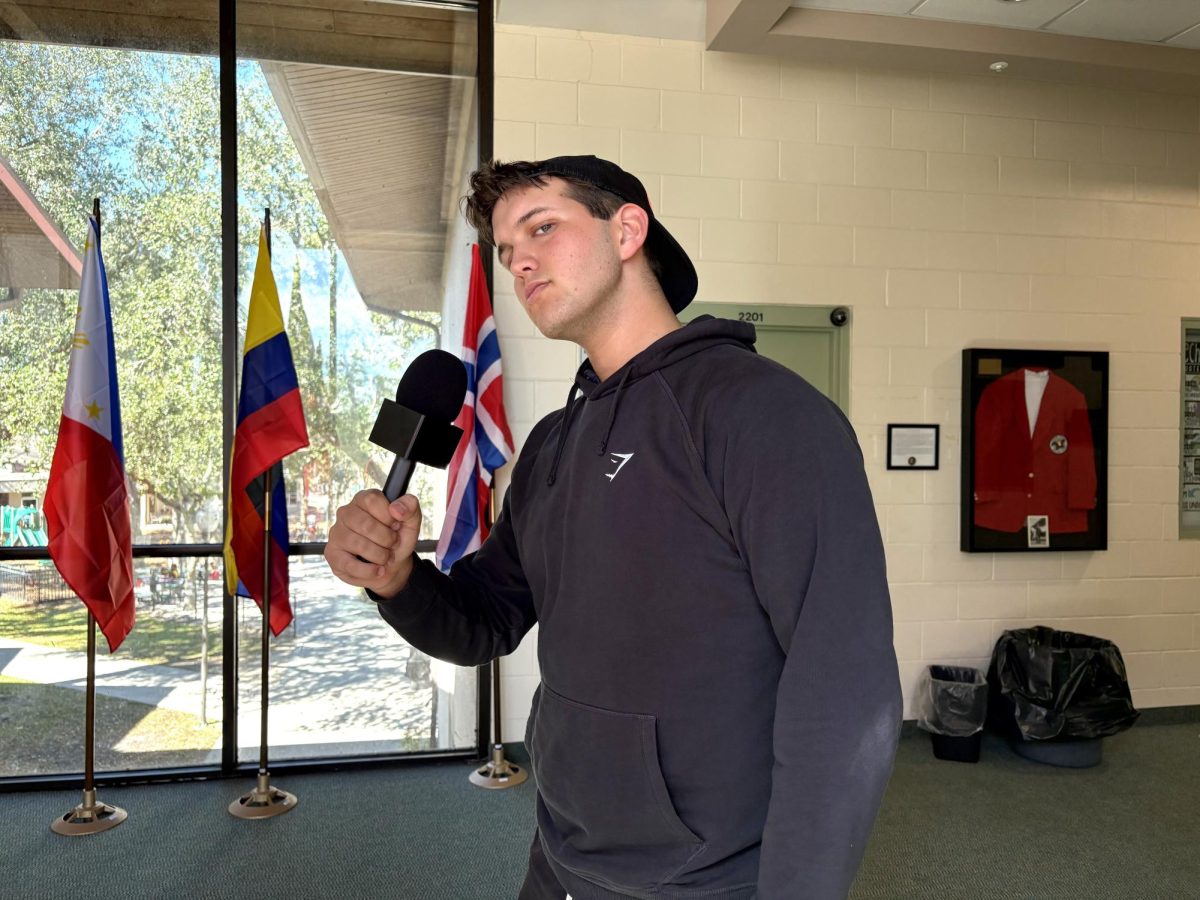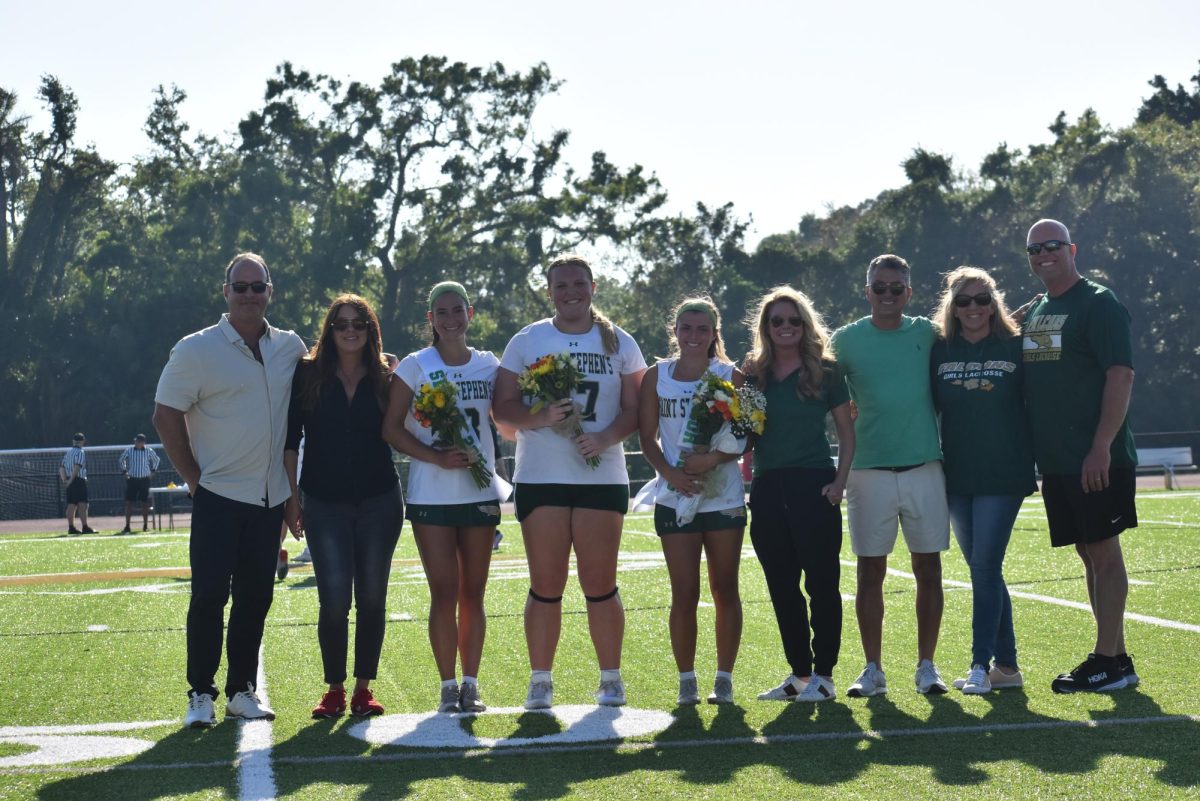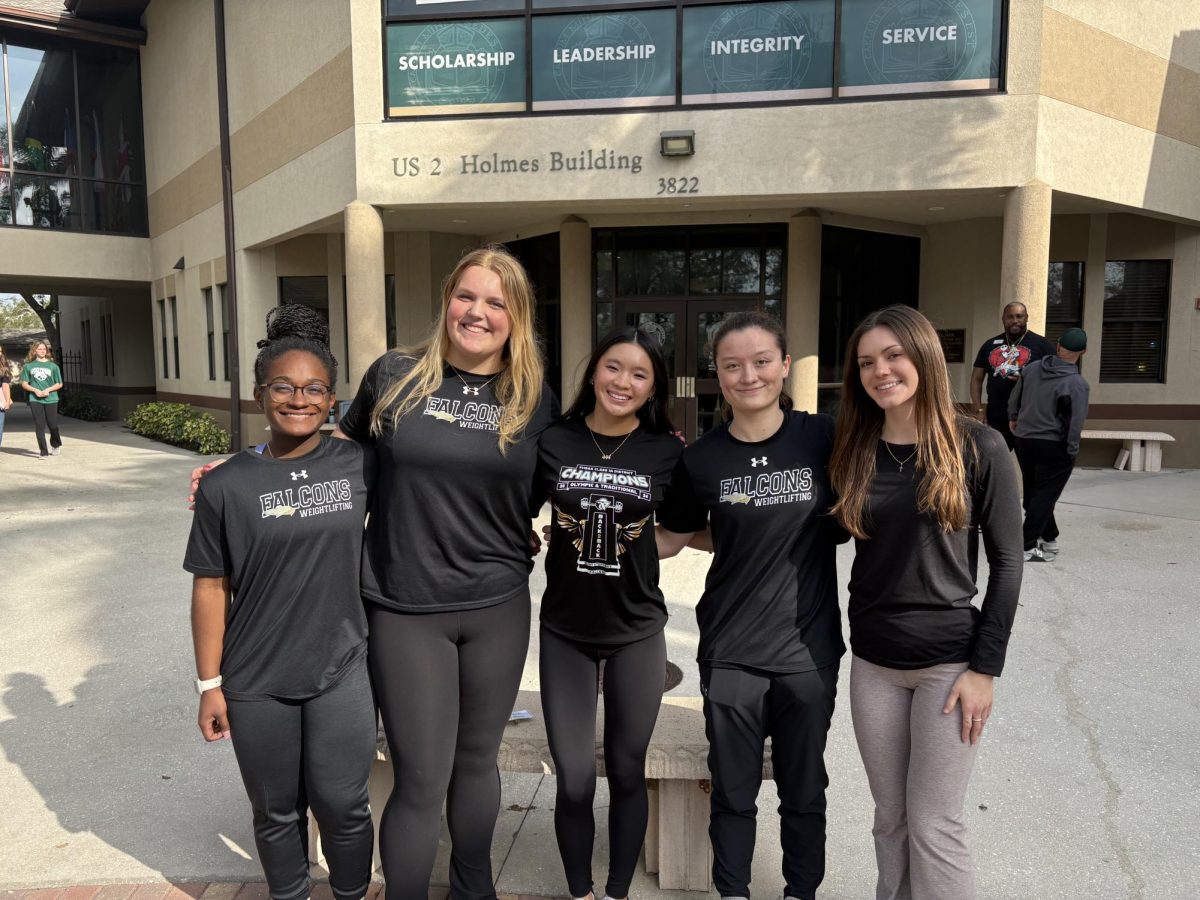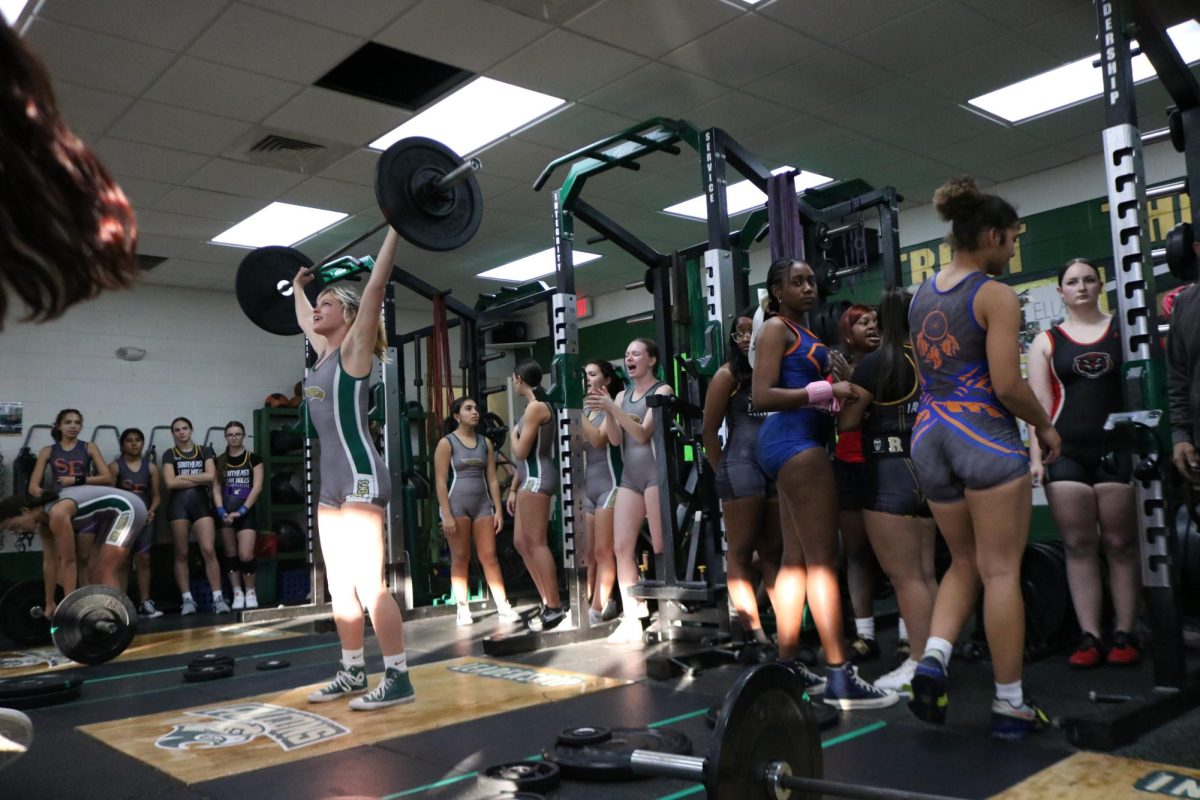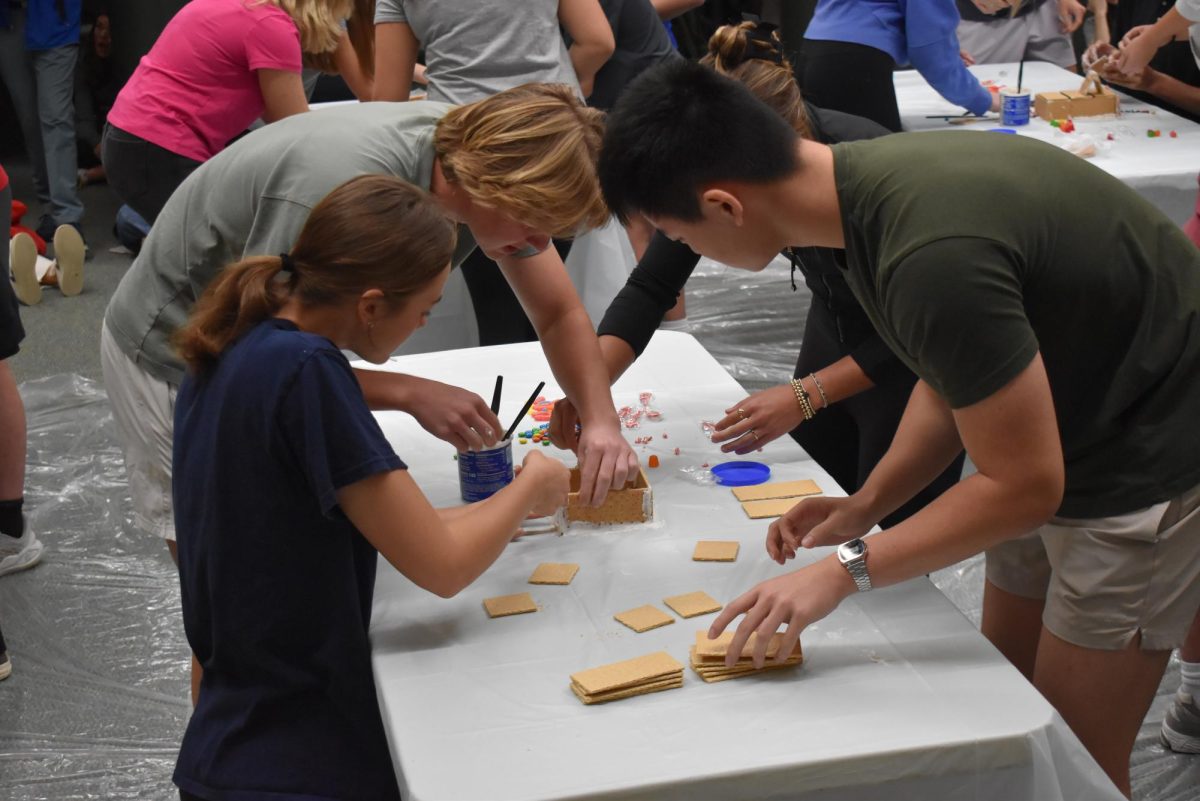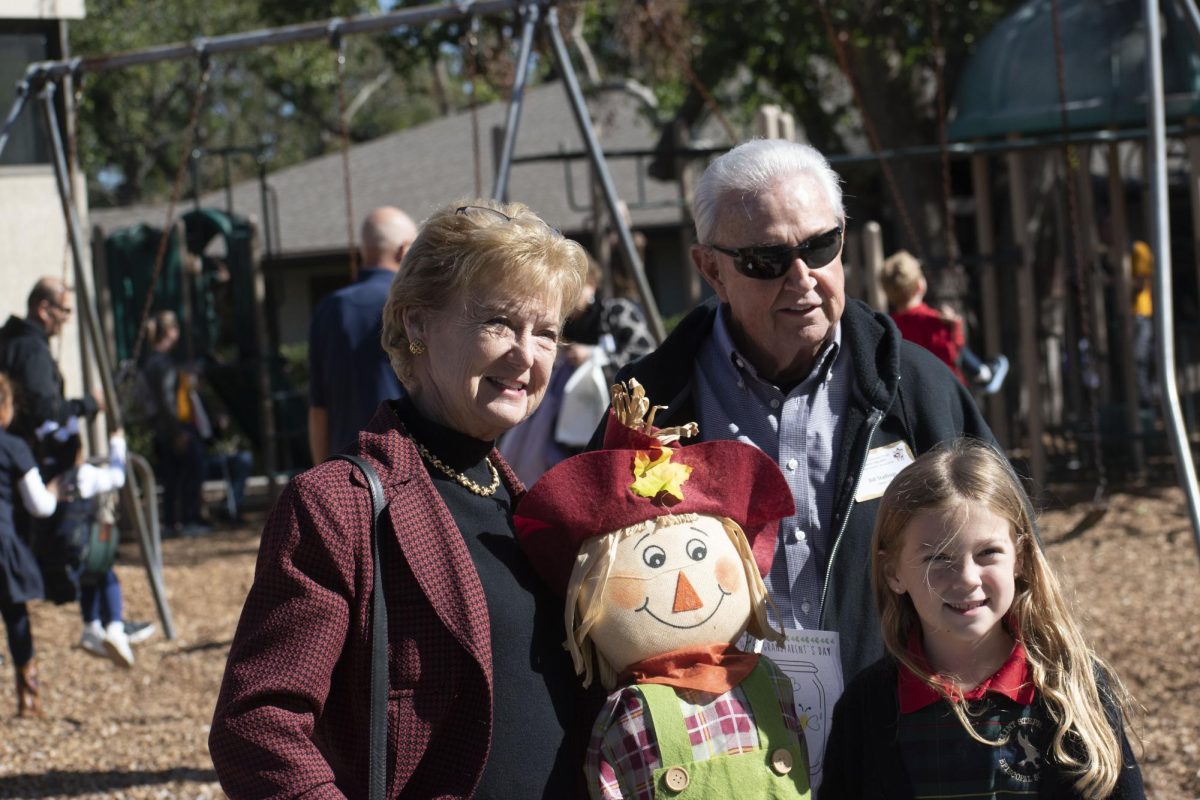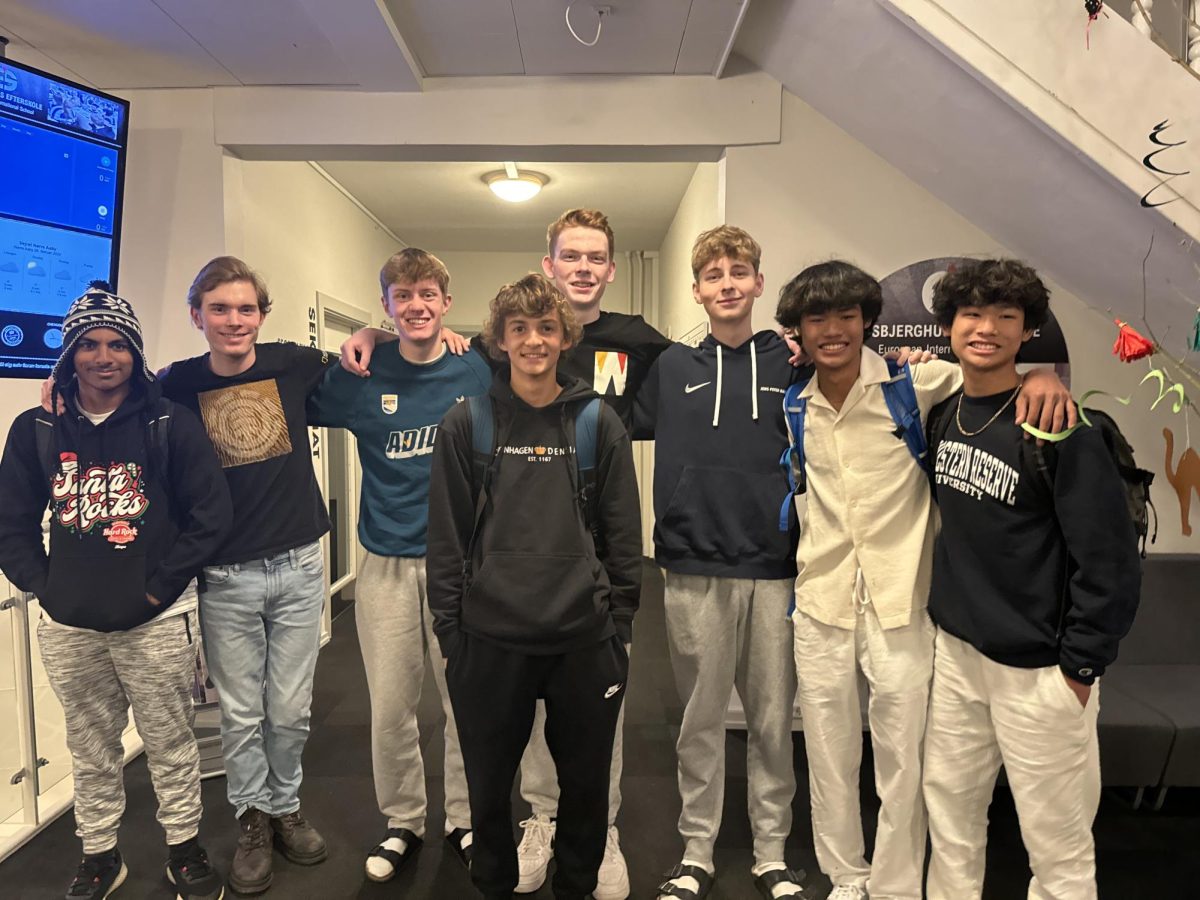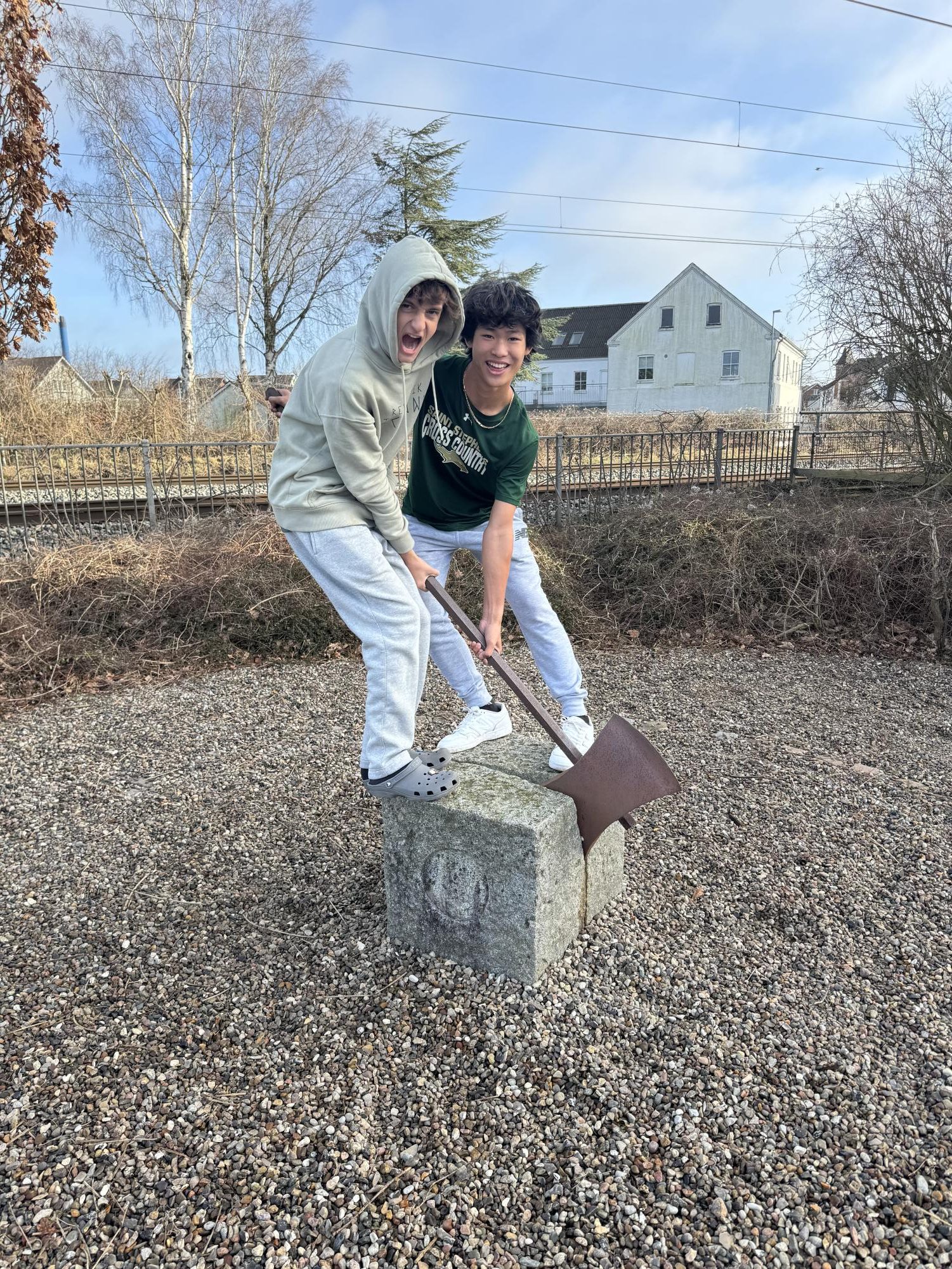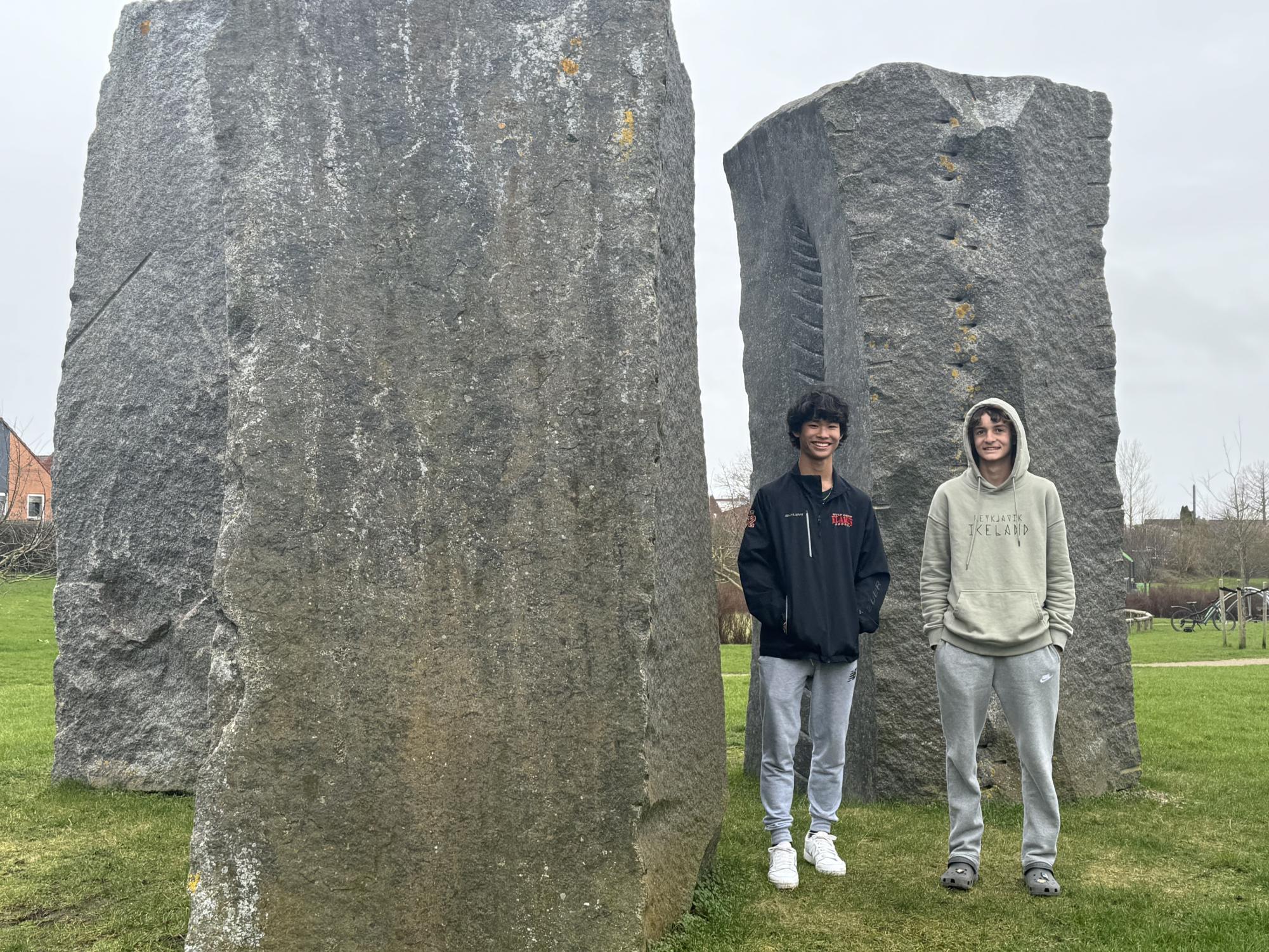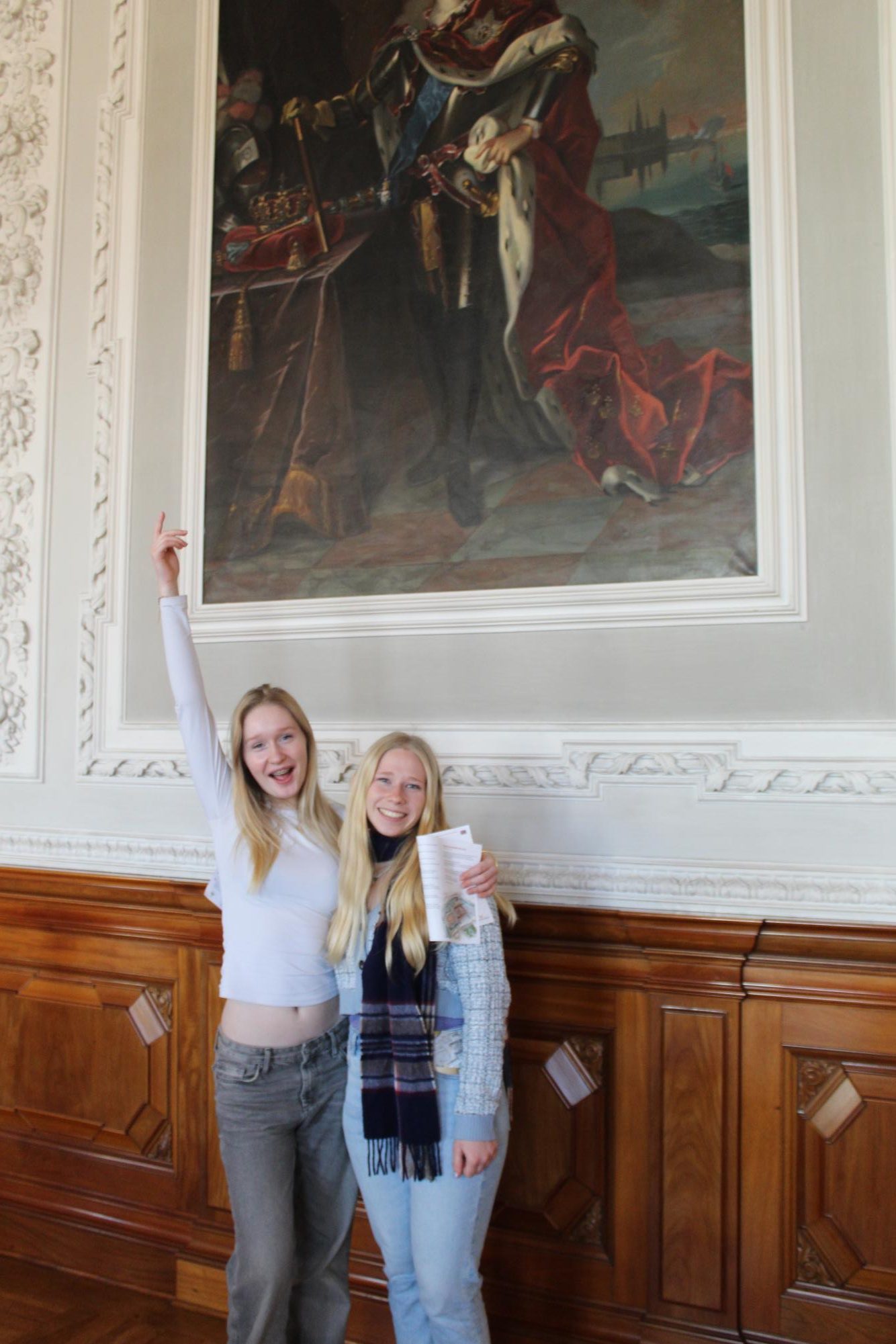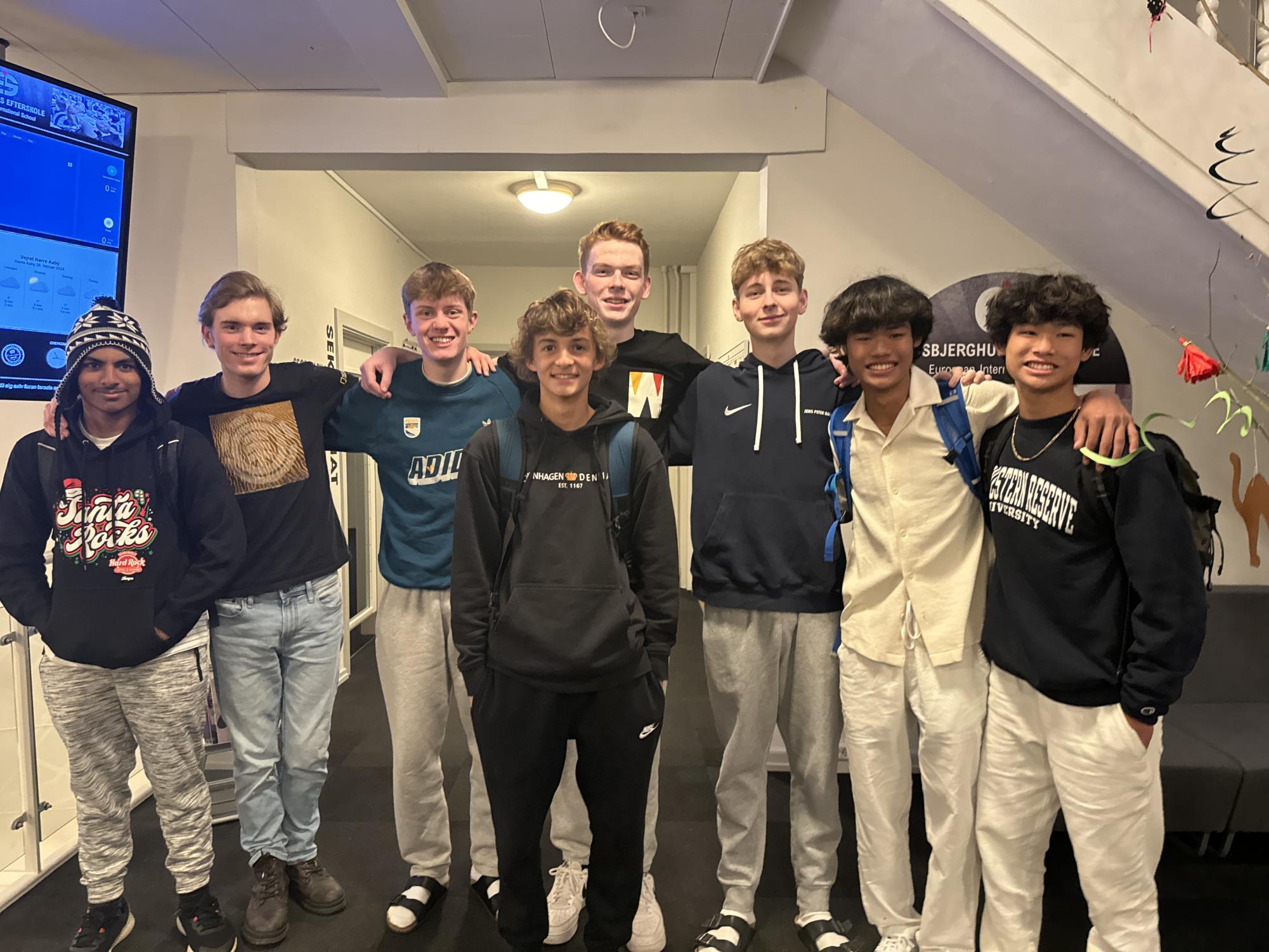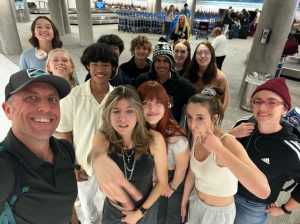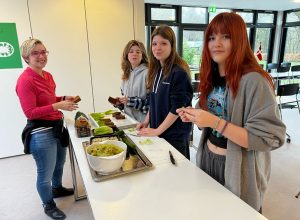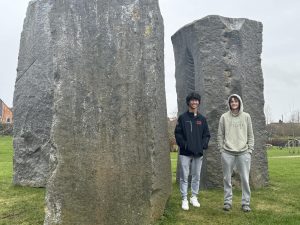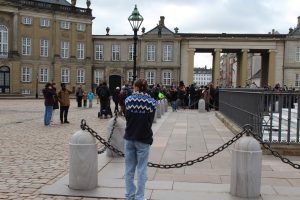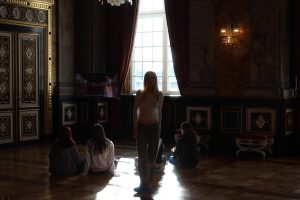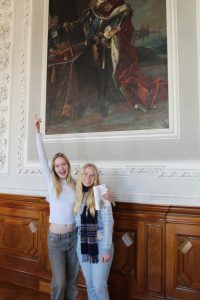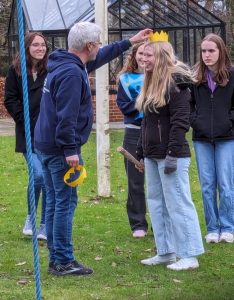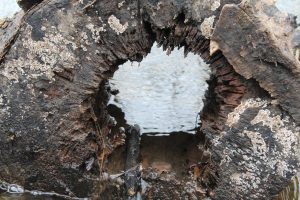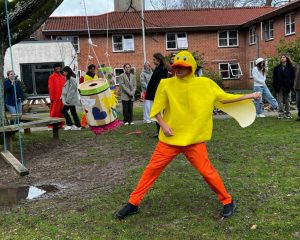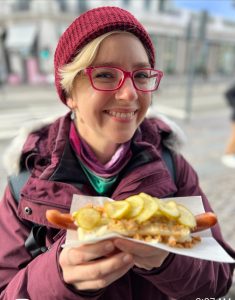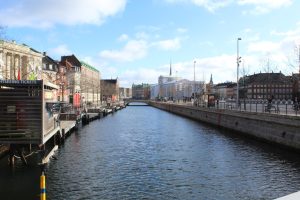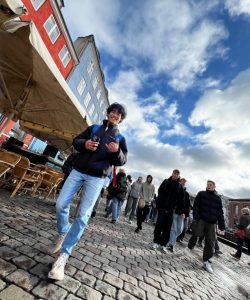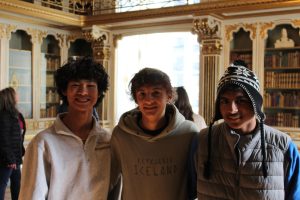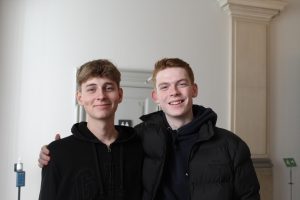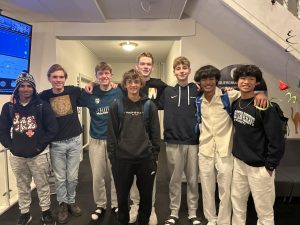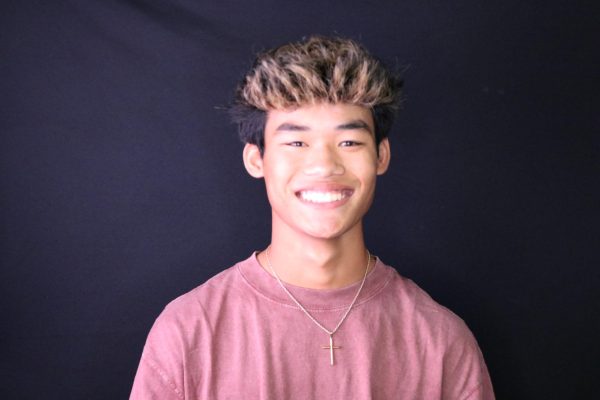On Monday, a group of four boys, seven girls and two teachers returned from a nine-day journey to our sister school in Denmark, Eisbjerghus Efterskole. Earlier this year, Danish students visited Saint Stephen’s, so the trip across the pond was the completion of this year’s exchange.
Sister school visits have now become an annual tradition, as we look to host our Argentinian students on an exchange next week.
The purpose of the trip was to introduce Falcons to another country’s culture, living habits, and to build long lasting friendships as part of the broader plan to provide a global education..
Every day, our exchange students had something exciting planned. Travelers attended classes, presented about SSES, and participated in Fastelavn, a Northern European Carnaval tradition (similar to our Halloween), which marks the end of winter.
One of the noticeable differences between the cultures that students found was that the main goal for Danish students is to evolve as a person through building friendships, having conversations, and doing exchange opportunities like this one.
Our school mainly focuses on the growth and development of the students through core subjects such as math, science, and history.
Chaperone and history teacher Dr. Stephanie Juengling was very excited to be taking part in this year’s exchange. She had high hopes that the students would build strong relationships with their buddies and to engage in conversations with the students.
She also picked up the fact that the Danish students really care about their environment in school and they respect each other.
“We saw that in the school, the Danish students would collaborate to clean up their messes; it was really a respect for each other in their shared space, ” Juengling said.
One of the key points that Juengling saw was that the responsibilities that were given to them like cleaning up after themselves and being equally respectful to one another, is something that the Falcons should bring back to the school.
Freshman Sophia House was one of the students that were very eager to head to Denmark. She noticed that the students in Denmark had more upbeat, stress free attitudes. Since the students there are not assigned homework and the teachers have a relaxed way of teaching , they have more time to communicate with one another and build strong connections. It is worth noting that the school is actually a “gap” program; in other words, it’s a program after high school, before students head into their careers and colleges.
After the trip, House wanted to integrate some of the habits the Danish students learned into her daily schedule.
“I think our school should create a cooking class, so the students have an opportunity to make something special while working as one group, being able to communicate with one another and building relationships from it,” House said.
The Danish Exchange really made a strong enough impact on not just Sophia but the whole group to encourage routines they saw to bring into the school.
This type of exchange is a special opportunity for any student from freshman through senior year, to get involved in. One of the big goals that Dr Juengling was hoping to reach is to be able to have even more students apply for future exchanges and for them to experience another culture and to create those long distance relations.

